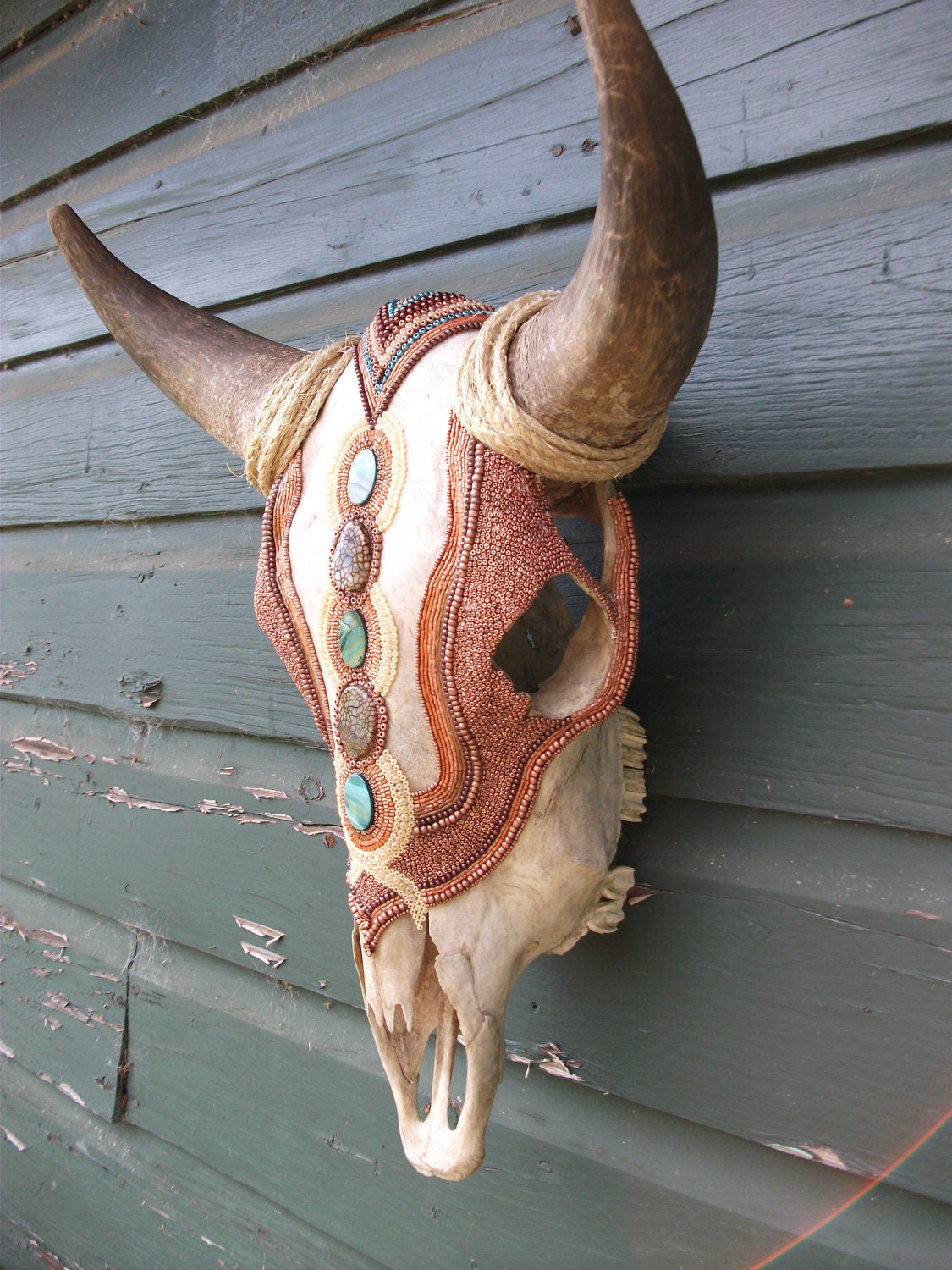

Once again, a dip netter has been swept away by the silty, turbulent Copper River, and his body has not been found. In June, 1994, the Copper River Country Journal had a story about the problem:ĬHITINA DIPNETTERS AT RISK OF DEATH BECAUSE TYING OFF IS A "WEENIE THING TO DO" Chitina - Dipnetting is a dangerous sport. The people of of the Copper Valley were there for them to ignore, and local people had to rescue them, look for their bodies, put out their smoldering forest fires, deal with their waste -– and wonder about them and their deadly means of taking what they feel they deserve from the Copper River Valley. Twenty-five years ago, as unaware of the danger and the impact on the community surrounding them as the Gold Rush miners were a century ago, modern day dipnetters left the people of Chitina to pick up after them – just as the Ahtna did for the early miners. But urban fishermen often refuse to tie themselves to a tree on shore, and they sometimes refuse to wear life vests while wading into the water, maneuvering their nets up near the bridge. There are no towns, or roads or settlements south of Chitina – just far-away Cordova and the delta of the Copper, leading to mud flats and the open ocean. But modern day urban fishermen at Chitina wade out into the torrent – in chest waders that can fill with ice-cold silty water at a moment's notice and drag them under the rapid current of muddy water, never to emerge. The Ahtna used to construct platforms out into the water to stand on while dipnetting.


 0 kommentar(er)
0 kommentar(er)
